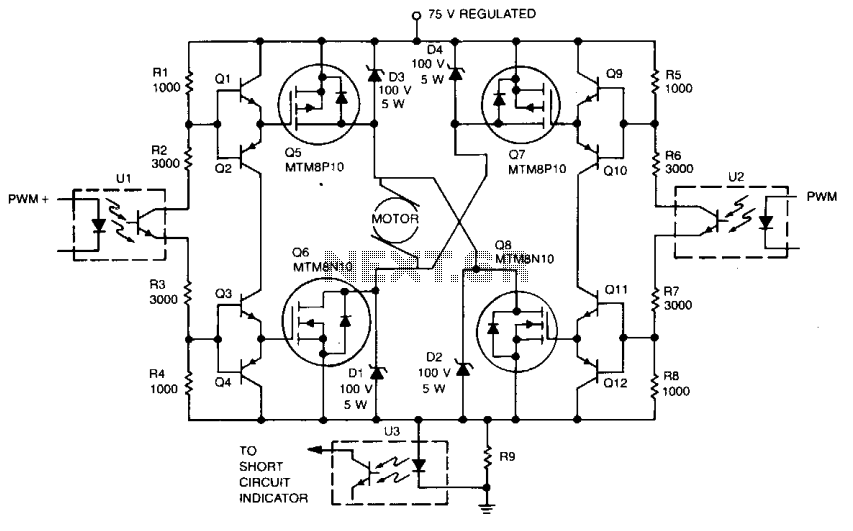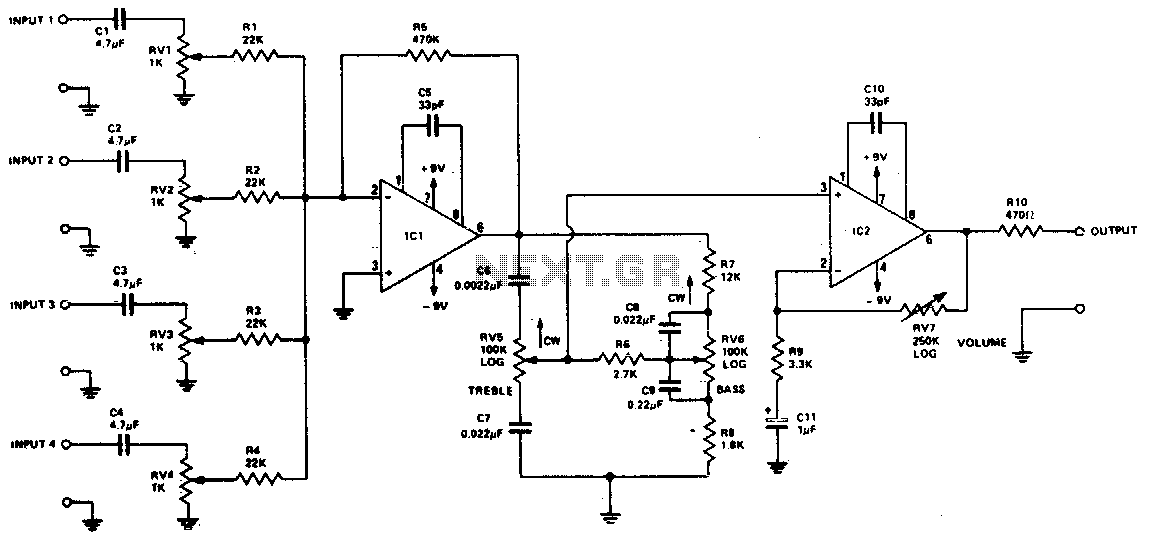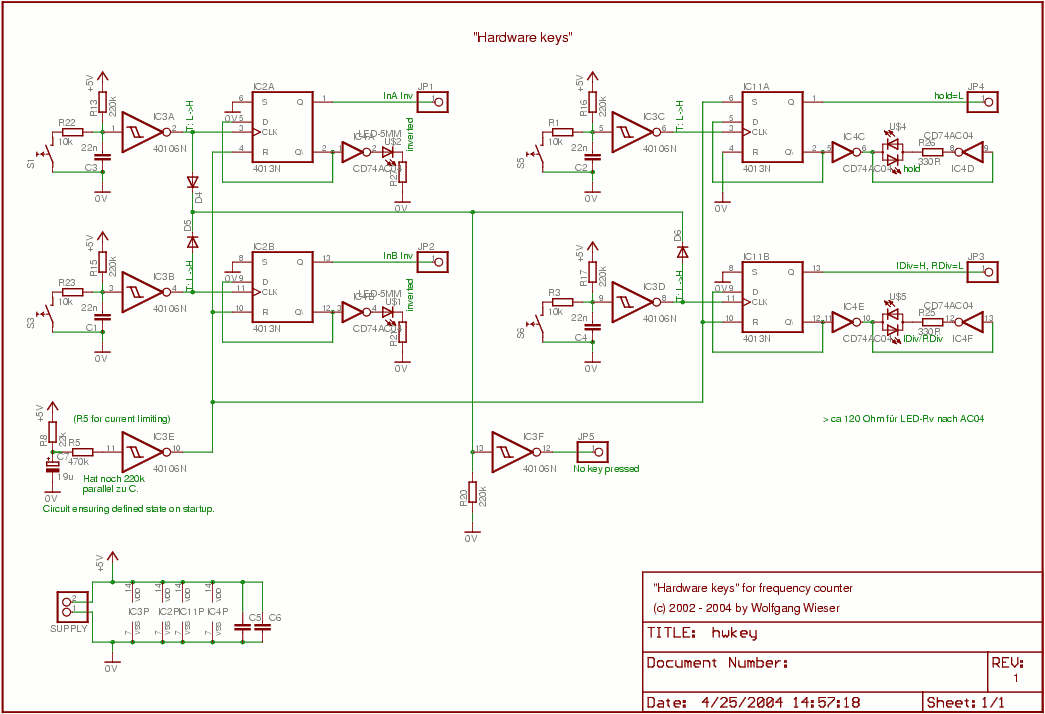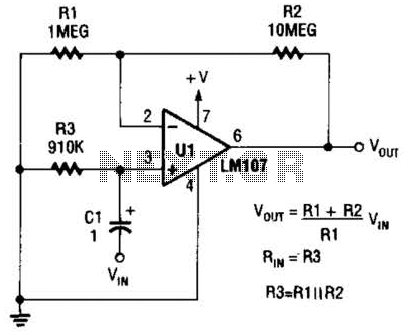
Pure Class-A Headphone Amplifier Schematic
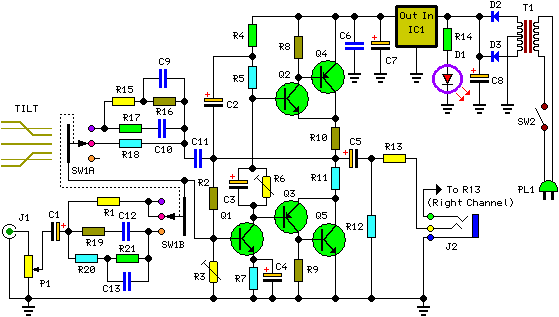
The described shunt-feedback configuration facilitates the straightforward incorporation of frequency-dependent networks, enabling a practical and unobtrusive switchable tilt control as an optional feature. When switch SW1 is in the first position, a gentle shelving bass boost and treble cut is achieved. The central position of SW1 provides a flat frequency response, while the third position of the switch allows for a shelving treble boost and bass cut.
The shunt-feedback configuration is a versatile circuit design commonly used in audio applications to manipulate frequency response characteristics effectively. This setup typically involves an operational amplifier (op-amp) in a feedback loop, where the feedback network can be adjusted to influence the gain and frequency response of the circuit.
In this specific configuration, the integration of frequency-dependent networks allows for the implementation of a tilt control feature. This control can be particularly useful in audio processing, as it enables the user to adjust the tonal balance of the output signal without significantly altering the overall gain of the system. The optional nature of this feature ensures that it can be included or excluded based on the specific requirements of the application.
The switch SW1 serves as a user interface for selecting different tonal adjustments. In the first position, the circuit is designed to provide a gentle shelving bass lift while attenuating the treble frequencies. This setting can enhance the warmth of the audio signal, making it suitable for bass-heavy music genres or environments where a fuller sound is desired.
The central position of SW1 maintains a flat frequency response, ensuring that the audio signal remains unaltered. This is essential for applications requiring accurate sound reproduction, such as in studio monitoring or critical listening environments.
In the third position, the circuit configuration shifts to provide a shelving treble boost while cutting the bass frequencies. This adjustment can be advantageous in situations where clarity and brightness are necessary, such as in vocal performances or when emphasizing higher frequency instruments.
Overall, the shunt-feedback configuration with the integrated switchable tilt control offers a flexible solution for audio signal processing, allowing users to tailor the frequency response to suit various listening preferences and environments.The mentioned shunt-feedback configuration also allows the easy addition of frequency dependent networks in order to obtain an useful, unobtrusive, switchable Tilt control (optional). When SW1 is set in the first position a gentle, shelving bass lift and treble cut is obtained. The central position of SW1 allows a flat frequency response, whereas the third position of this switch enables a shelving treble lift and bass cut..
🔗 External reference
The shunt-feedback configuration is a versatile circuit design commonly used in audio applications to manipulate frequency response characteristics effectively. This setup typically involves an operational amplifier (op-amp) in a feedback loop, where the feedback network can be adjusted to influence the gain and frequency response of the circuit.
In this specific configuration, the integration of frequency-dependent networks allows for the implementation of a tilt control feature. This control can be particularly useful in audio processing, as it enables the user to adjust the tonal balance of the output signal without significantly altering the overall gain of the system. The optional nature of this feature ensures that it can be included or excluded based on the specific requirements of the application.
The switch SW1 serves as a user interface for selecting different tonal adjustments. In the first position, the circuit is designed to provide a gentle shelving bass lift while attenuating the treble frequencies. This setting can enhance the warmth of the audio signal, making it suitable for bass-heavy music genres or environments where a fuller sound is desired.
The central position of SW1 maintains a flat frequency response, ensuring that the audio signal remains unaltered. This is essential for applications requiring accurate sound reproduction, such as in studio monitoring or critical listening environments.
In the third position, the circuit configuration shifts to provide a shelving treble boost while cutting the bass frequencies. This adjustment can be advantageous in situations where clarity and brightness are necessary, such as in vocal performances or when emphasizing higher frequency instruments.
Overall, the shunt-feedback configuration with the integrated switchable tilt control offers a flexible solution for audio signal processing, allowing users to tailor the frequency response to suit various listening preferences and environments.The mentioned shunt-feedback configuration also allows the easy addition of frequency dependent networks in order to obtain an useful, unobtrusive, switchable Tilt control (optional). When SW1 is set in the first position a gentle, shelving bass lift and treble cut is obtained. The central position of SW1 allows a flat frequency response, whereas the third position of this switch enables a shelving treble lift and bass cut..
🔗 External reference


